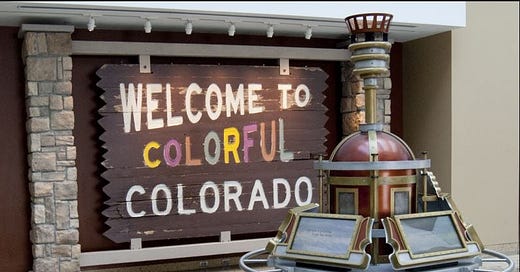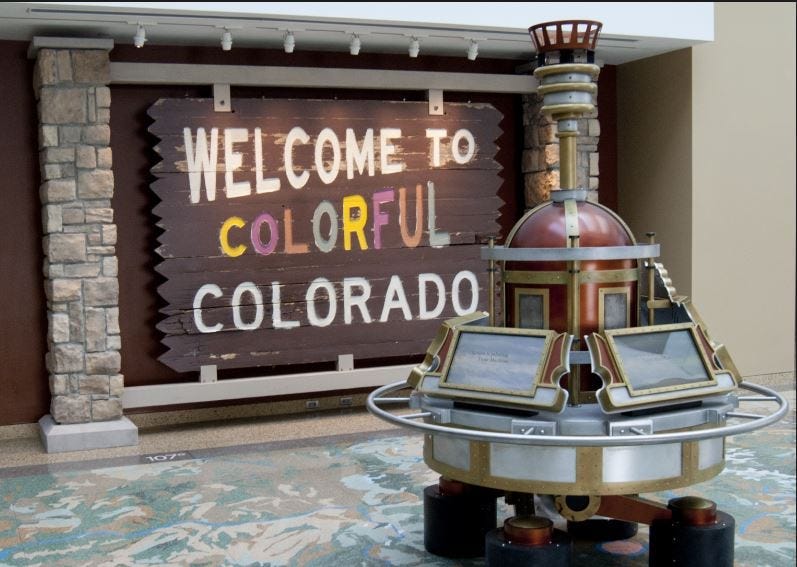What Should a History Organization’s Main Goal Be?
Former Colorado state historian (and incredible historian of the American West) Patty Limerick, has just published a pretty stark critique…
Former Colorado state historian (and incredible historian of the American West) Patty Limerick, has just published a pretty stark critique of History Colorado (the erstwhile Colorado Historical Society): “Prodding a Historic Friend to Do Better” (www.denverpost.com/2018/07/13/history-colorado/).
As a public historian, while I agree with many of Limerick’s points, I also have more than a passing understanding for some of the reasons for the decisions the institution has made. (Full disclosure: I thoroughly enjoyed my visit there this past spring.)
In many ways, Limerick’s commentary gets to the heart of a question I’ve been grappling with of late:
Is our goal to present uber-comprehensive exhibits that present reams of information through text panels/artifacts/interactives (much like a historical monograph in exhibit form)
OR…
Is our goal to inspire curiosity, pique someone’s interest to learn more, connect people to others in a way that helps build community?
(As Rainey Tisdale said more succinctly to me earlier this year: should we present the encyclopedic or the poetic model?)
Are the two mutually exclusive? Can both goals be reached in the confines of a single exhibit? Won’t something *always* be left out (and what happens when historians uncover new interpretations of history and its meaning)?
I really do see where Dr. Limerick, one of the nation’s most esteemed historians, is coming from. We can (should) have high standards for our history institutions. But what is missing from her commentary is how the public engages with history:
It’s not only through exhibits.
(And why shouldn’t some of these exhibits also include some whimsy?)
The folks at History Colorado have to deal with this every day, while also juggling the needs of multiple stakeholders, including funders. They make decisions accordingly. (NB: And this is also why many of us in public history have training beyond just academic history.)
Does this mean they have to shy away from big, complex, potentially ugly topics?
Absolutely not.
It means they have to find ways to do that. Exhibitions aren’t our only option. Often, public programs offer the best chance to explore topics more in depth. Institutions can also have a great impact on community through collecting initiatives, publications, and robust partnerships.
Exhibitions, public programs, publications, collections, partnerships, and the like are the tools of the public historian and the history organization. We must employ them in a way that maintains, and even enhances the public’s trust in our institutions (as Susie Wilkening recently reported in “Trust and Museums”).
Just as books are not the only way historians present history, exhibitions aren’t the only way history organizations make a difference. My money’s on institutions like History Colorado and the professionals who run them to demonstrate, in a multitude of ways, why history is important. And if they just inspire someone to delve a little bit deeper, that is a major “win” for sharing the value of history.
A twenty-year veteran of the nonprofit world, Bob Beatty is a public historian and founder of The Lyndhurst Group, a history, museum, and nonprofit consulting firm providing community-focused engagement strategies for institutional planning, organizational assessments, and interpretive direction.




